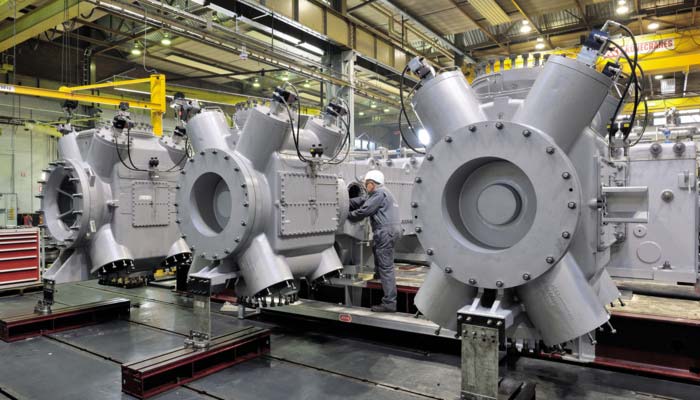
Reciprocating Compressors: Piston and Diaphragm
Both technologies play a vital role in the safe processing of gas including hydrogen throughout production, transmission and distribution phases.
Howden helps our customers reach their sustainability goals by designing compression solutions based on our Thomassen, Peter Brotherhood and Burton Corblin brands. These solutions are integrated into large-scale infrastructure applications to increase energy & production efficiency and minimize carbon emissions.
Europe’s largest renewable hydrogen plant
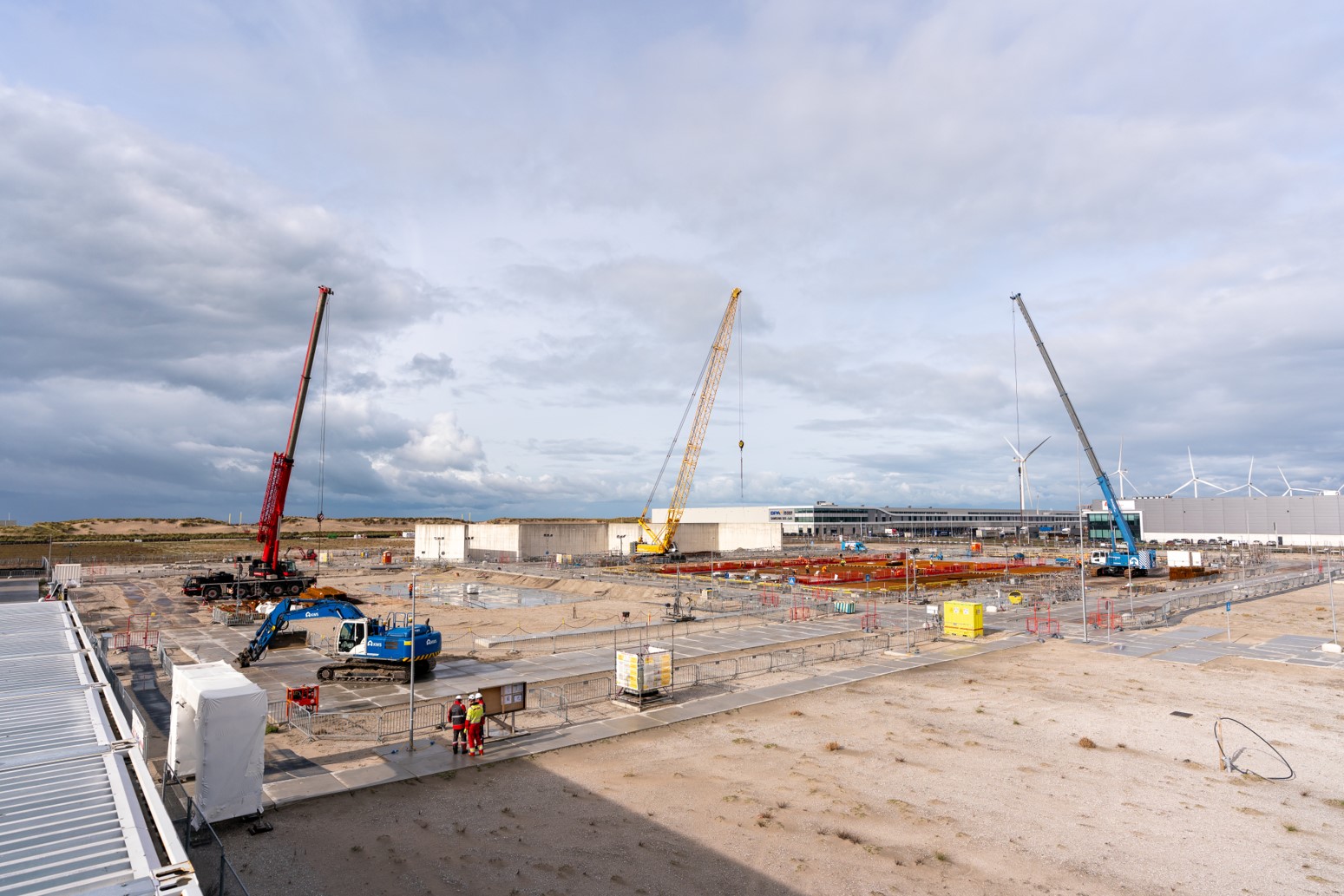
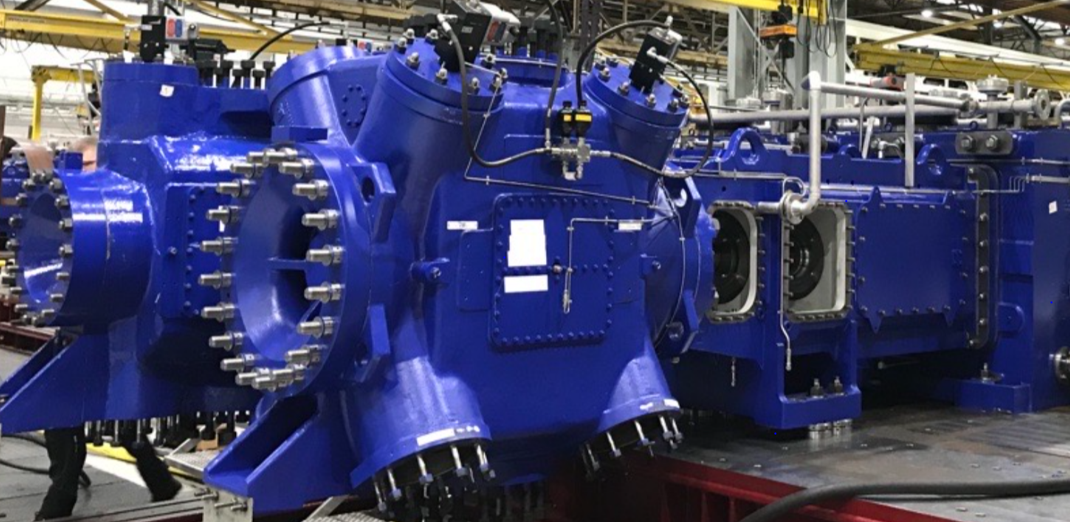
Compression designed and produced by Howden, a Chart Industries company in the Netherlands
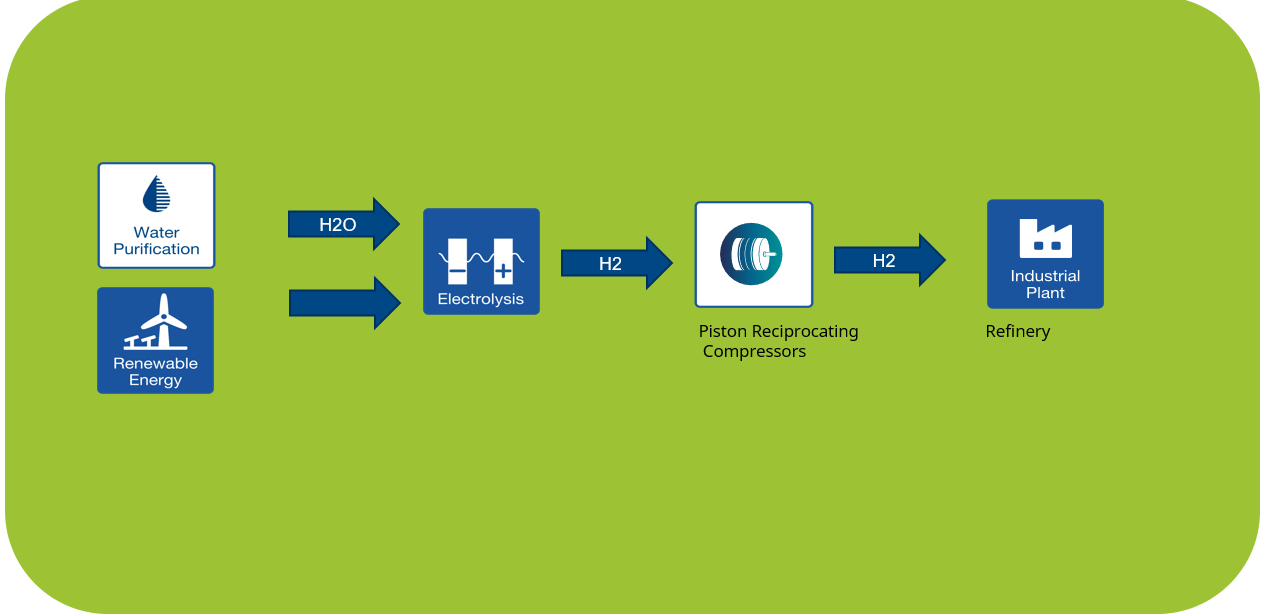
As the inventors of the technology, we have been at the leading edge of diaphragm compressor innovation for more than a century, constantly improving safety and performance.
The Howden diaphragm compressors was invented in 1916 by Henri Corblin. The company he co-founded and the Burton Corblin™ are part of the Howden brand. Diaphragm compression is the technology of choice in any situation where complete hermetic separation and high pressure sealing are required, for example in the handling of rare, toxic, flammable, explosive or radioactive gases
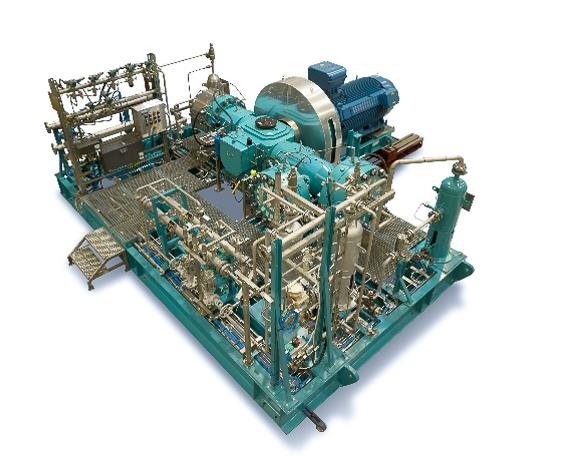
The Howden hybrid reciprocating compressor is available in horizontal or vertical configurations of up to five compression stages, offering pressures increases of to 450 bar while providing inter-stage cooling and purging of condensates. It is suitable for virtually all dry gases including helium, hydrogen and nitrogen.
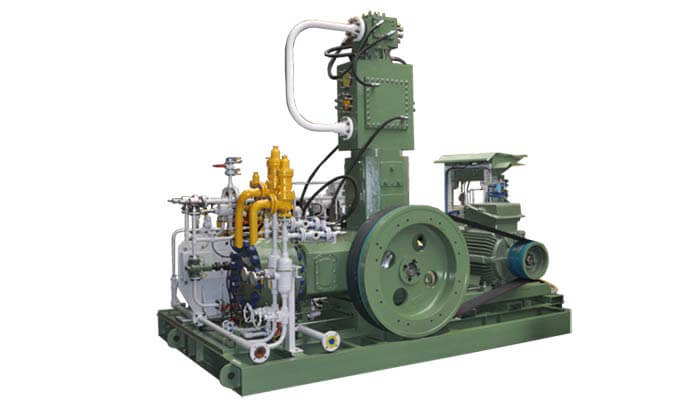
Where processes involve a medium capacity, the fully integrated skid incorporates control systems, regulation equipment and any other additional modules and utility packages required by the circumstances. Delivered ready for installation and start-up, it is an ingenious next generation design, often supporting new applications related to hydrogen processes requiring compact footprint.
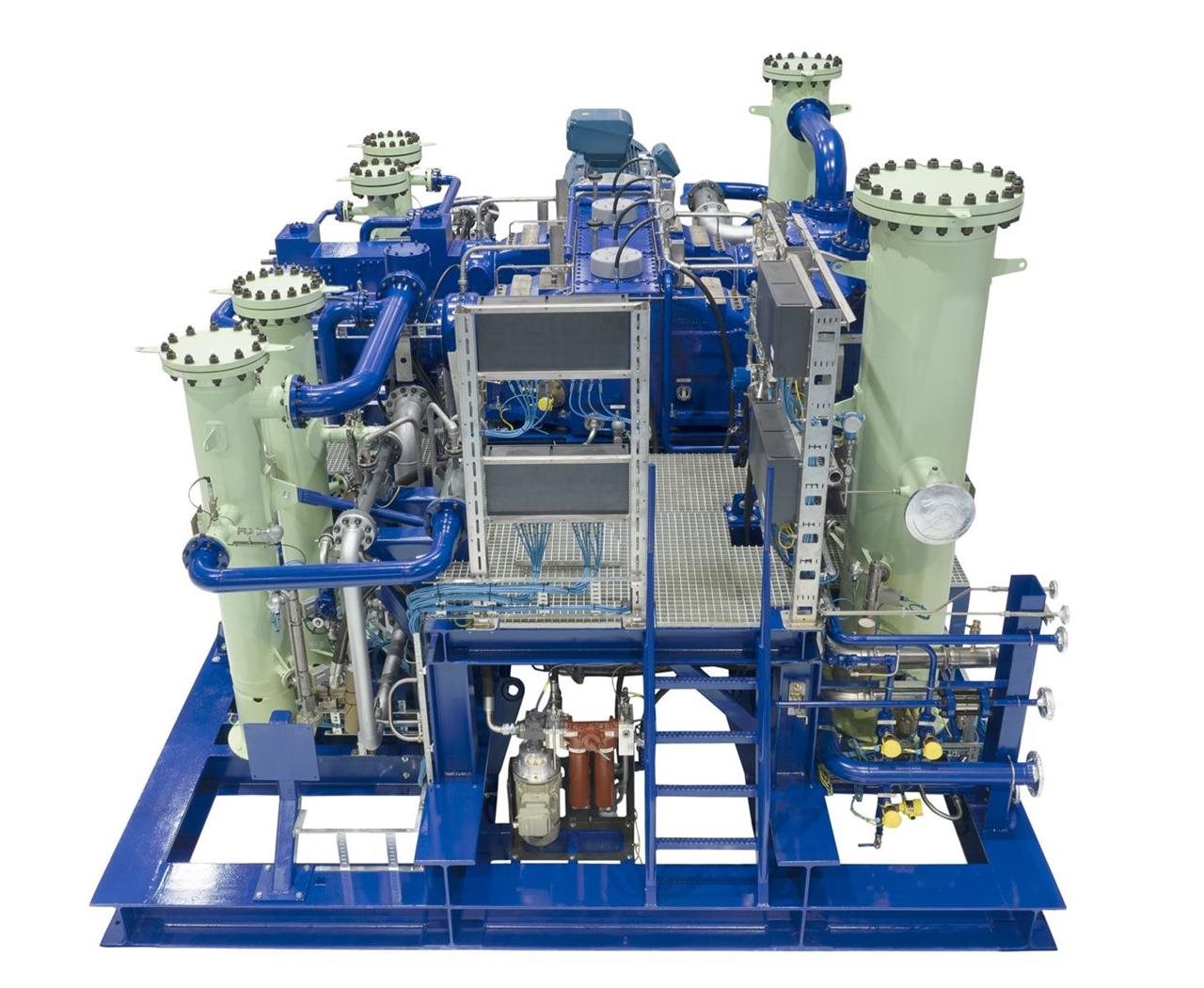
Periflow compressors use a profiled impeller wheel revolving in an annular channel to move the process gas in a swirling, helical pattern, with the gas moving through the blades several times on its path through the compressor. The system delivers a smooth, steady flow, and because the process gas is subjectto both tangential and circulatory flow, which tend to govern volume and pressure respectively, each machine can be configured to perform within very precise parameters. Fully compliant with API, area protection requirements and site specificataions, Peroflow has consistently demonstrated its worth in critical applications throughout the world.
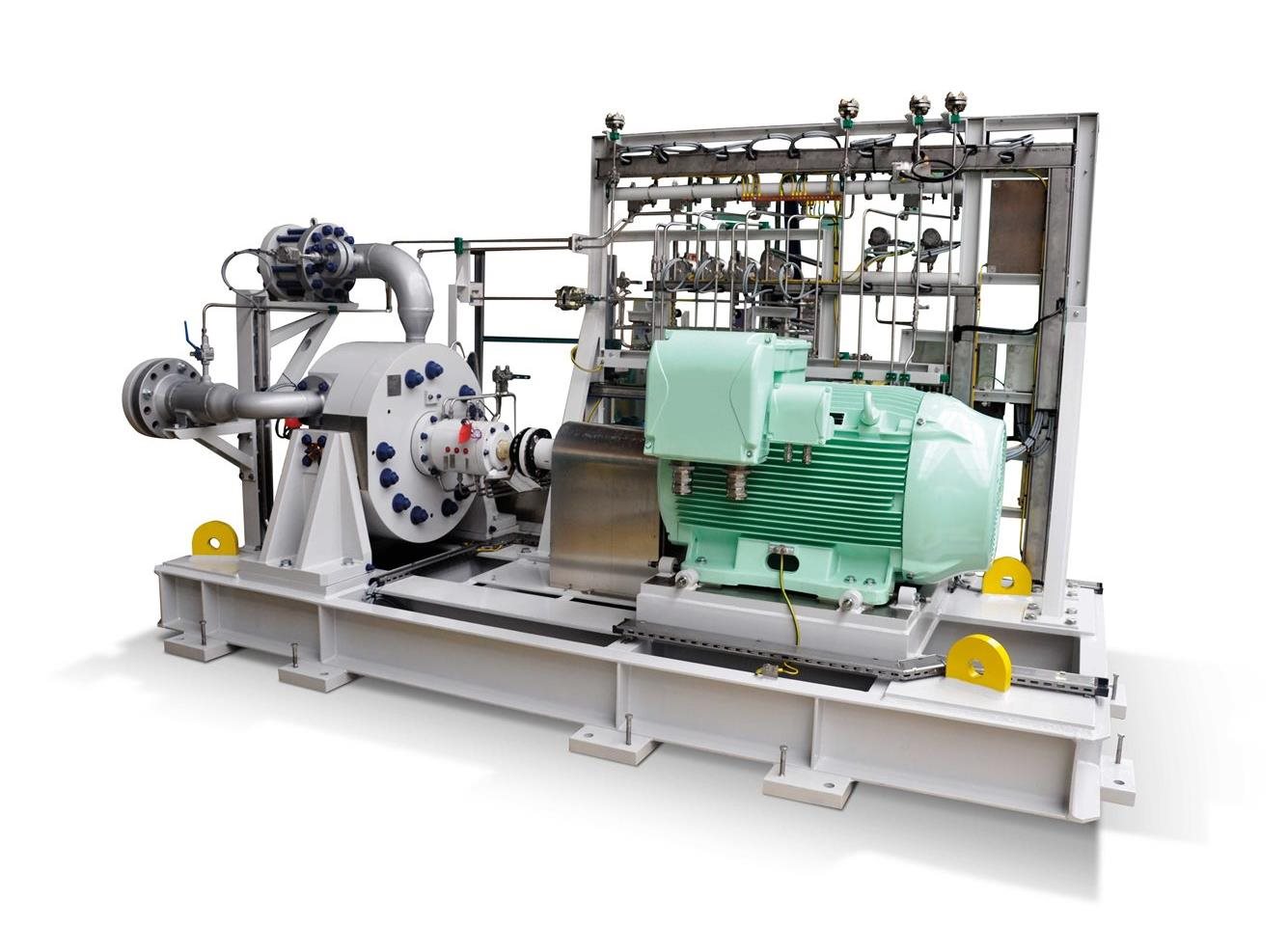


Europe’s largest renewable hydrogen plant

As the inventors of the technology, we have been at the leading edge of diaphragm compressor innovation for more than a century, constantly improving safety and performance.
The Howden diaphragm compressors was invented in 1916 by Henri Corblin. The company he co-founded and the Burton Corblin™ are part of the Howden brand. Diaphragm compression is the technology of choice in any situation where complete hermetic separation and high pressure sealing are required, for example in the handling of rare, toxic, flammable, explosive or radioactive gases

The Howden hybrid reciprocating compressor is available in horizontal or vertical configurations of up to five compression stages, offering pressures increases of to 450 bar while providing inter-stage cooling and purging of condensates. It is suitable for virtually all dry gases including helium, hydrogen and nitrogen.

Where processes involve a medium capacity, the fully integrated skid incorporates control systems, regulation equipment and any other additional modules and utility packages required by the circumstances. Delivered ready for installation and start-up, it is an ingenious next generation design, often supporting new applications related to hydrogen processes requiring compact footprint.

Periflow compressors use a profiled impeller wheel revolving in an annular channel to move the process gas in a swirling, helical pattern, with the gas moving through the blades several times on its path through the compressor. The system delivers a smooth, steady flow, and because the process gas is subjectto both tangential and circulatory flow, which tend to govern volume and pressure respectively, each machine can be configured to perform within very precise parameters. Fully compliant with API, area protection requirements and site specificataions, Peroflow has consistently demonstrated its worth in critical applications throughout the world.

Learn more about Howden's Diaphragm compressors and how they are built


Our reciprocating compressor technologies are in action all over the globe, frequently delivered to API standards. They are proving vital in all gas processing including hydrogen in the mobility, industry and energy sectors through the respective production, transmission and distribution phases where safety remains paramount.
Today’s available technologies and local circumstances in all geographies create new situations where Howden’s compression can play a role. To help our customers reach their sustainability goals, Howden designs relevant compression solutions designed to integrate large scales infrastructure applications to increase energy & production efficiency and minimize carbon emissions.
Working in tandem with our customers, our engineering DNA and experience delivers the winning combination by creatively balancing technical specifications, interface requirements, ambient considerations and future operating conditions. This approach results in the delivery of compression solutions fit to the purpose of the applications infrastructure they ought to serve providing piece of mind to our customers.
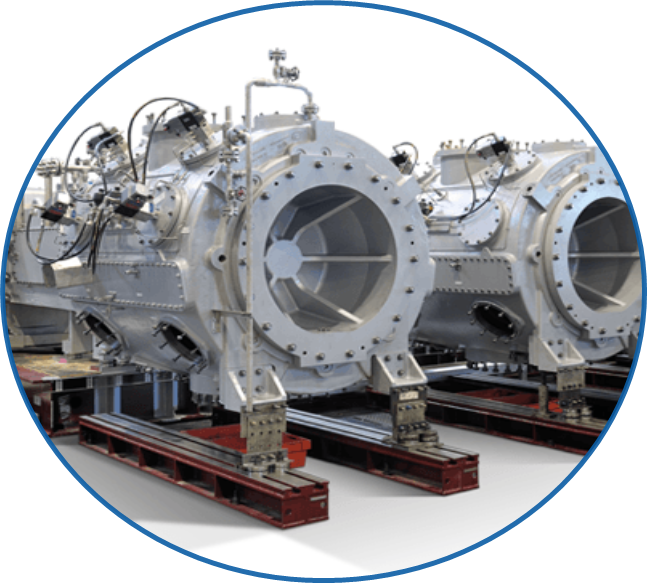
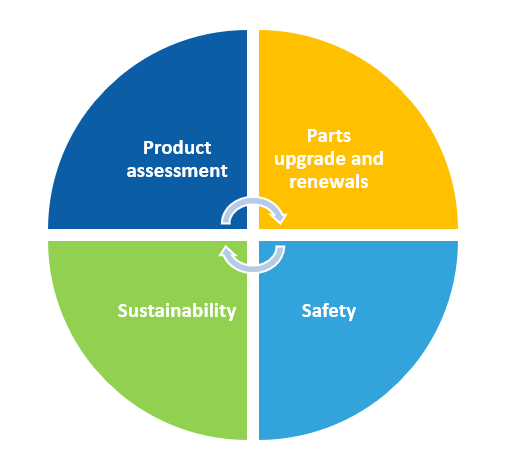
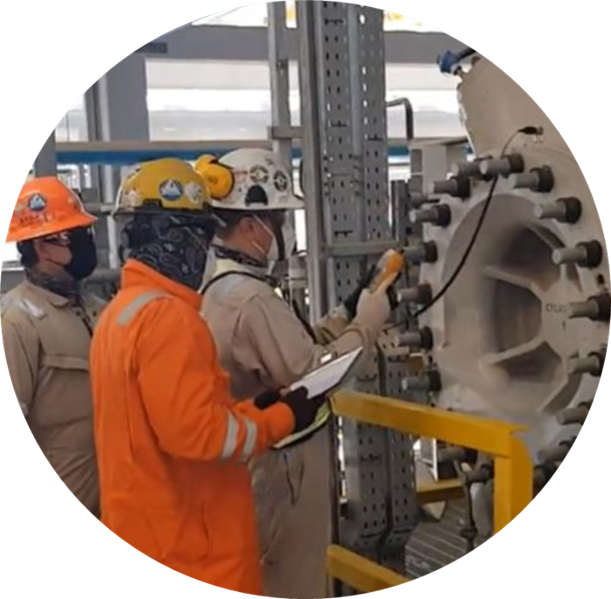

Our reciprocating compressor technologies are in action all over the globe, frequently delivered to API standards. They are proving vital in all gas processing including hydrogen in the mobility, industry and energy sectors through the respective production, transmission and distribution phases where safety remains paramount.
Today’s available technologies and local circumstances in all geographies create new situations where Howden’s compression can play a role. To help our customers reach their sustainability goals, Howden designs relevant compression solutions designed to integrate large scales infrastructure applications to increase energy & production efficiency and minimize carbon emissions.
Working in tandem with our customers, our engineering DNA and experience delivers the winning combination by creatively balancing technical specifications, interface requirements, ambient considerations and future operating conditions. This approach results in the delivery of compression solutions fit to the purpose of the applications infrastructure they ought to serve providing piece of mind to our customers.



Access and download product brochures and specifications.
Head Office +31 26 4975200
